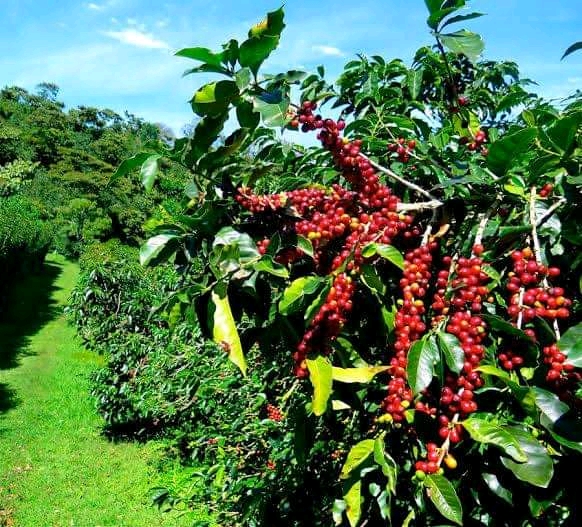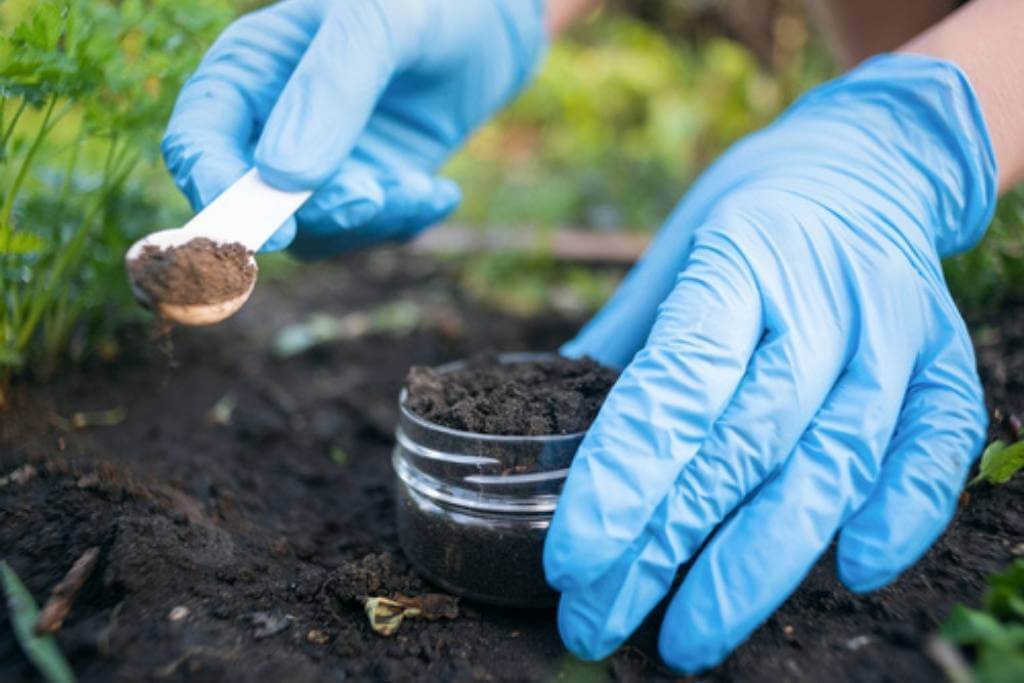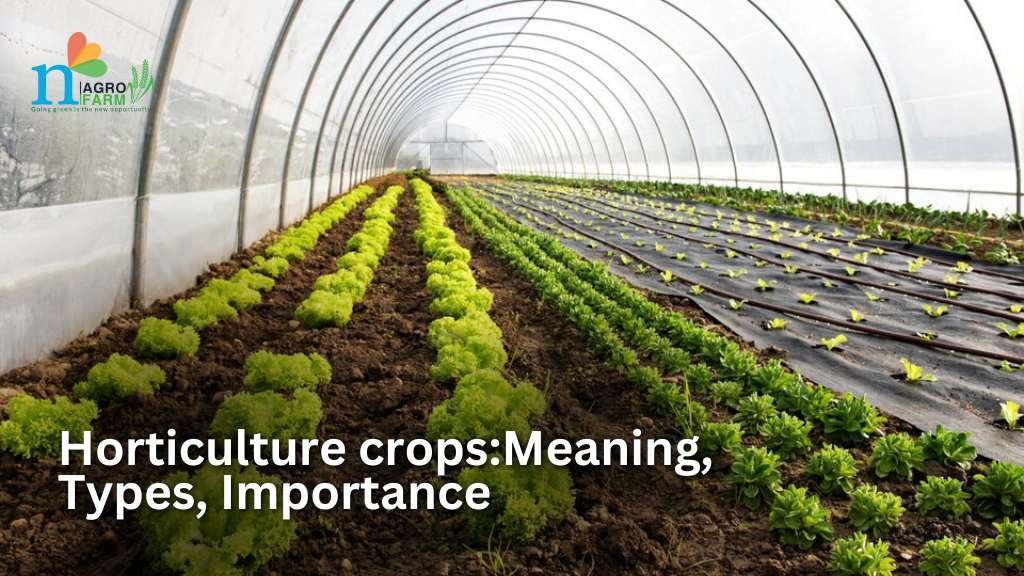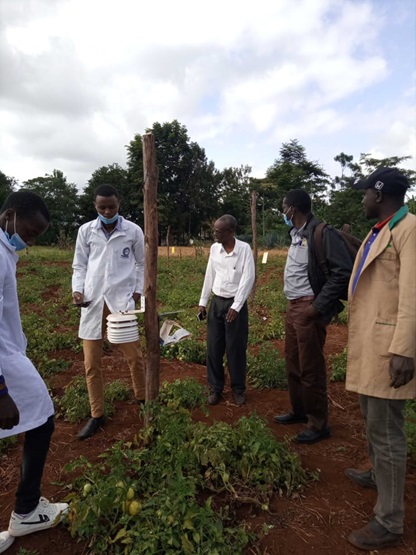
Crop protection is the practice of safeguarding crops from anything that can diminish their yield or quality. This encompasses a wide range of threats, primarily:
* Pests: Insects, mites, rodents, and other animals that feed on or damage crops.
* Diseases: Pathogens like fungi, bacteria, and viruses that cause plant illnesses.
* Weeds: Undesirable plants that compete with crops for resources like water, nutrients, and sunlight.
Here's a concise summary of key aspects:
* Goal:
* To ensure food security by minimizing crop losses.
* To maintain the quality and marketability of agricultural products.
* Methods:
* Integrated Pest Management (IPM): A holistic approach that combines various strategies, including:
* Cultural practices (crop rotation, sanitation).
* Biological control (using natural enemies).
* Chemical control (using pesticides responsibly).
* Genetic resistance: breeding crops to be resistant to certain pests and diseases.
* Precision agriculture: Using technology to target crop protection efforts.
* Importance:
* Essential for sustainable agriculture.
* Protects farmers' livelihoods.
* Safeguards ecosystems.
- Teacher: Admin User






